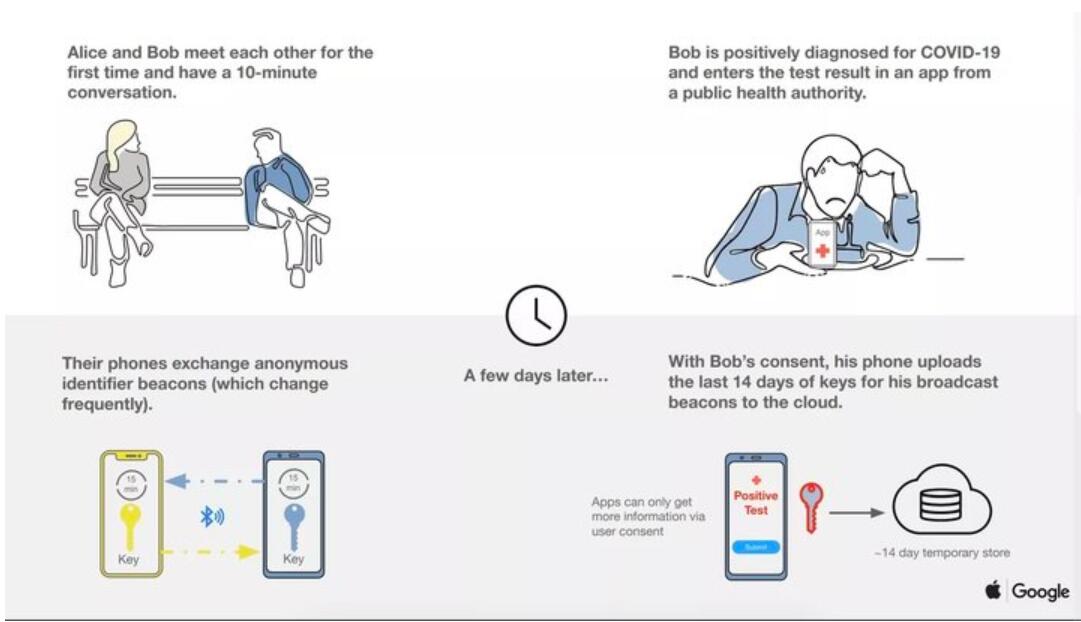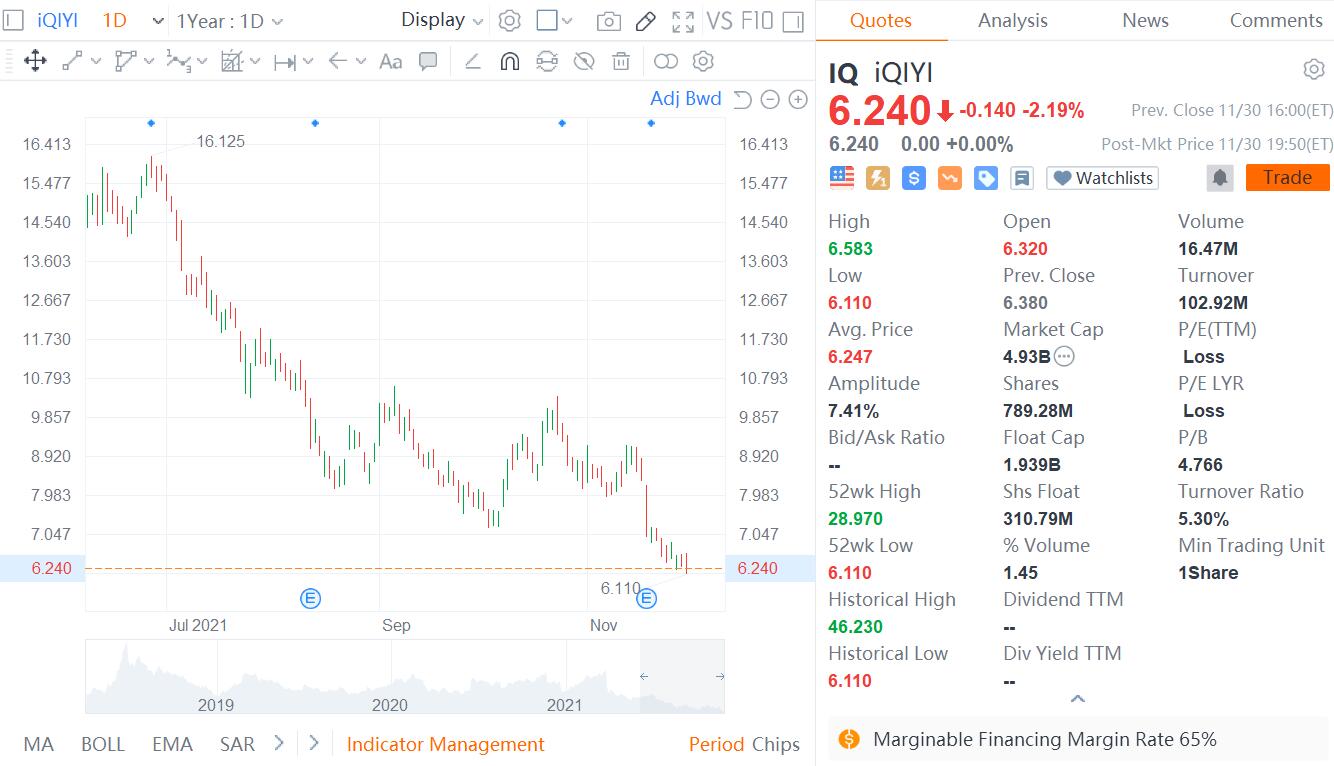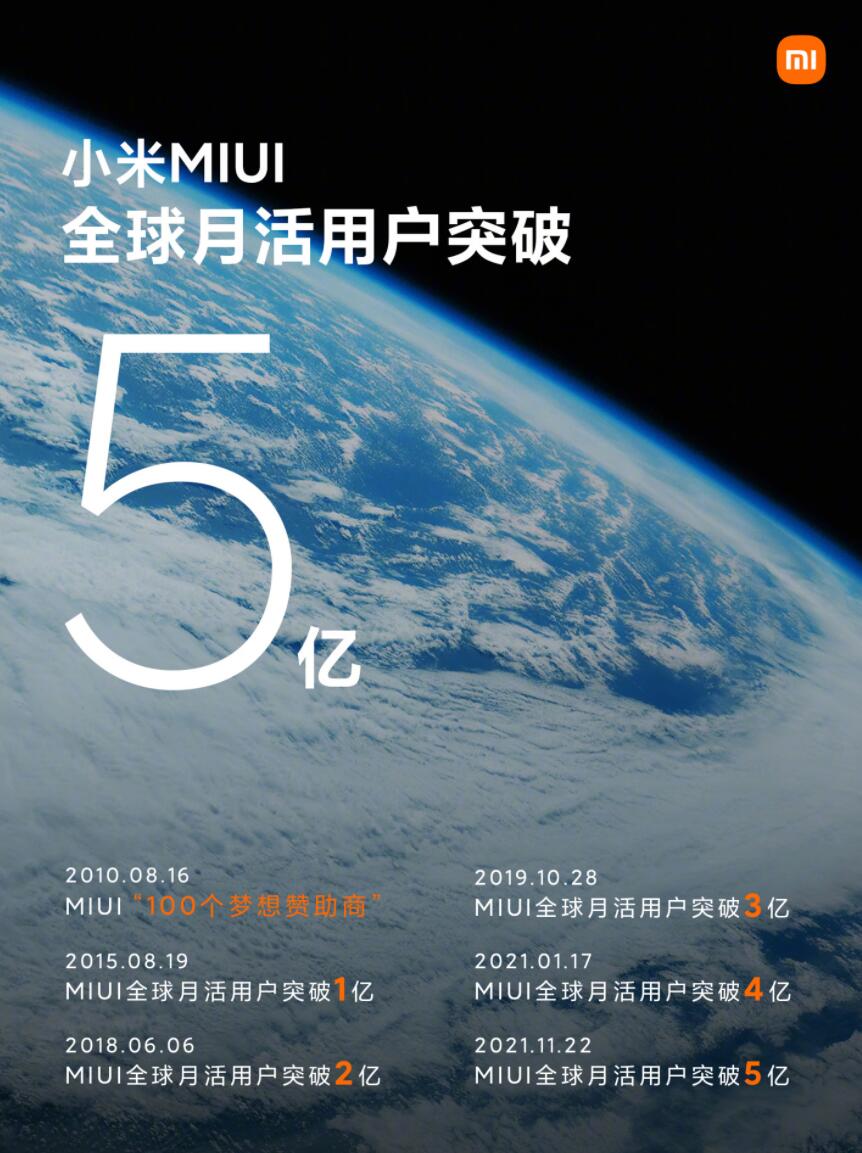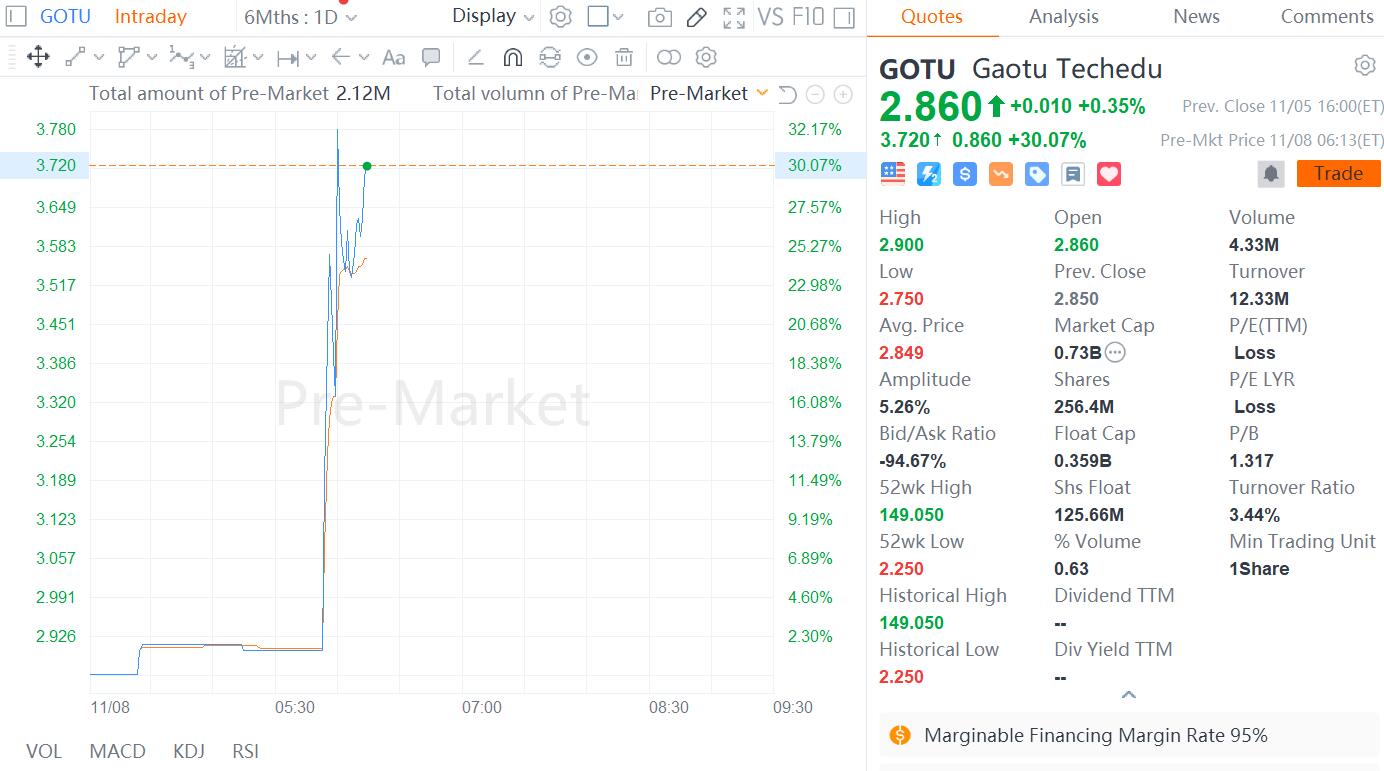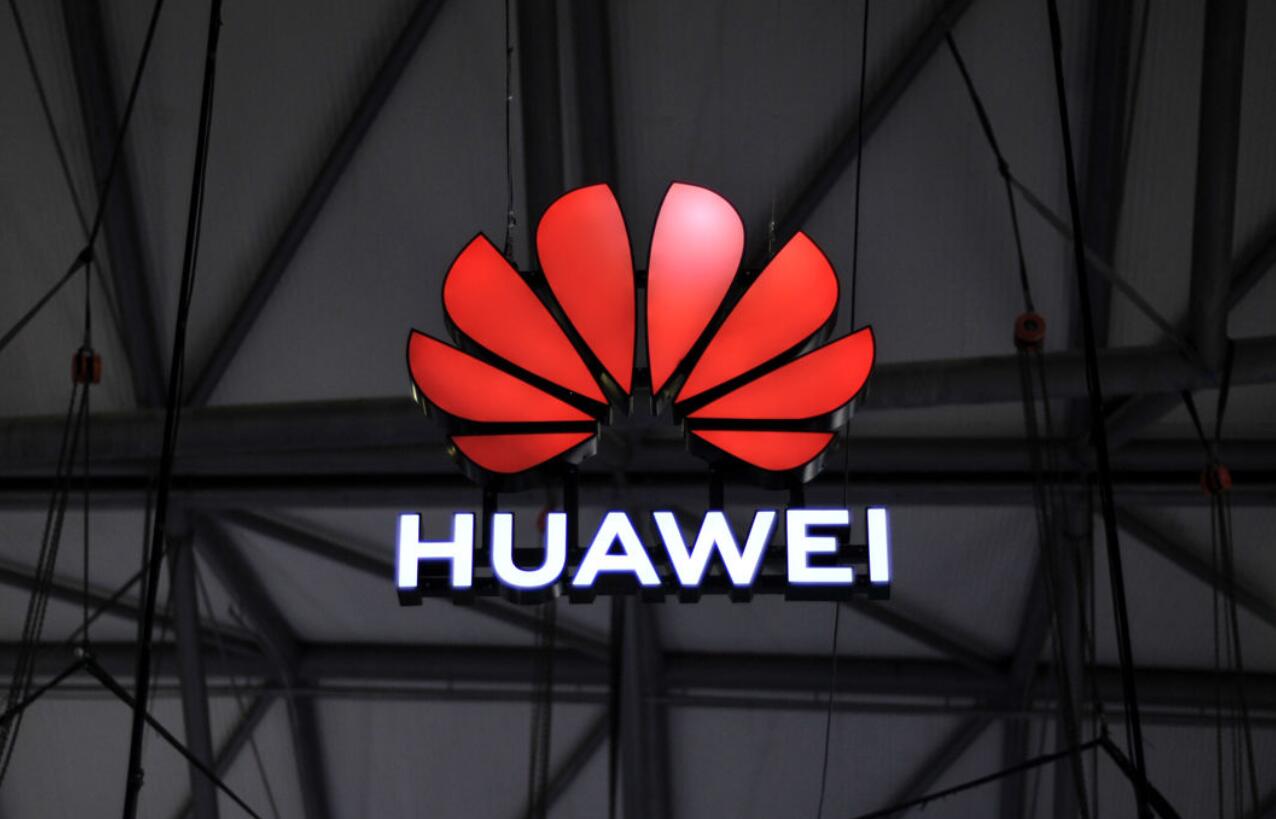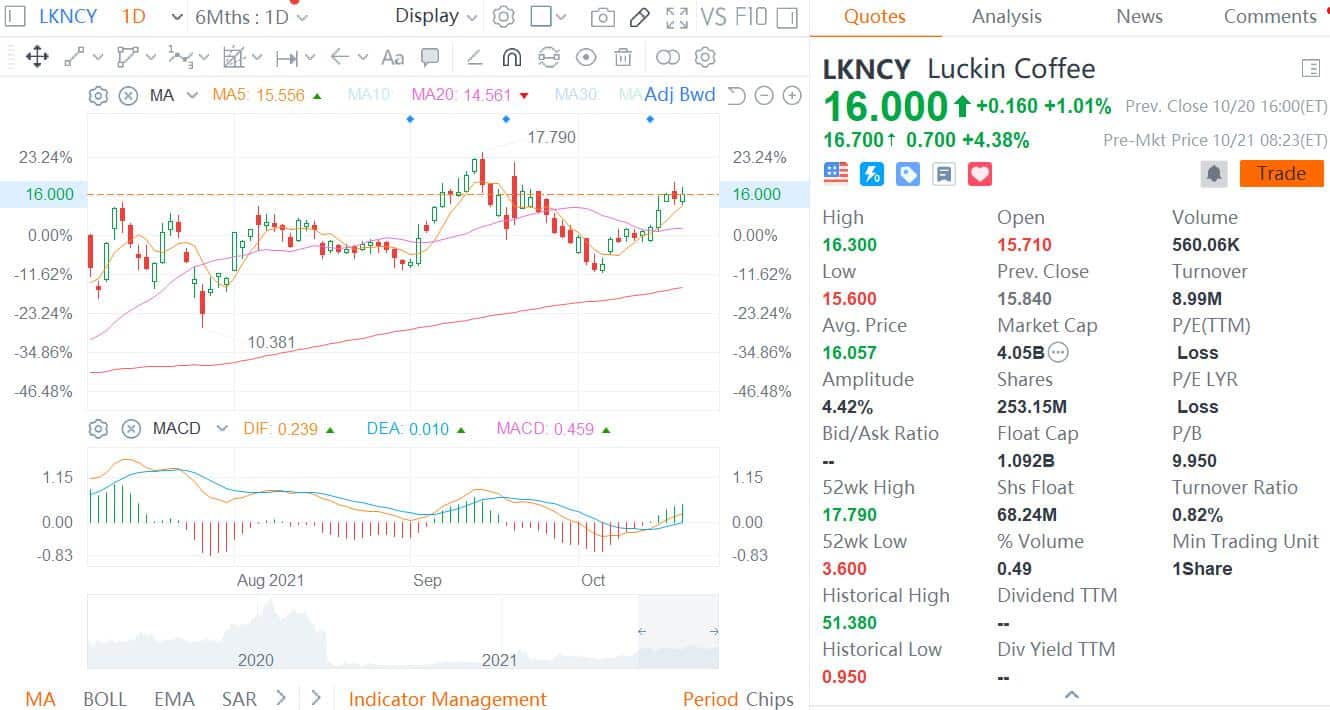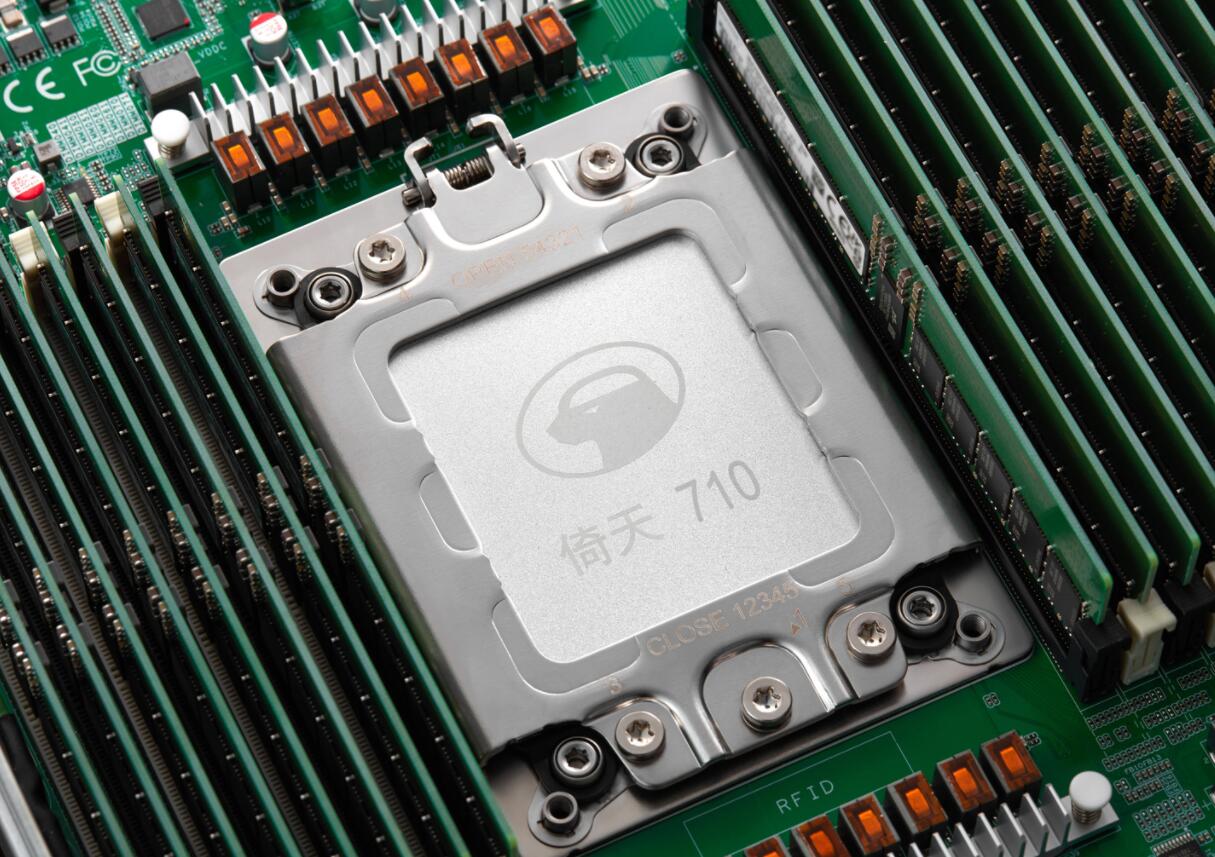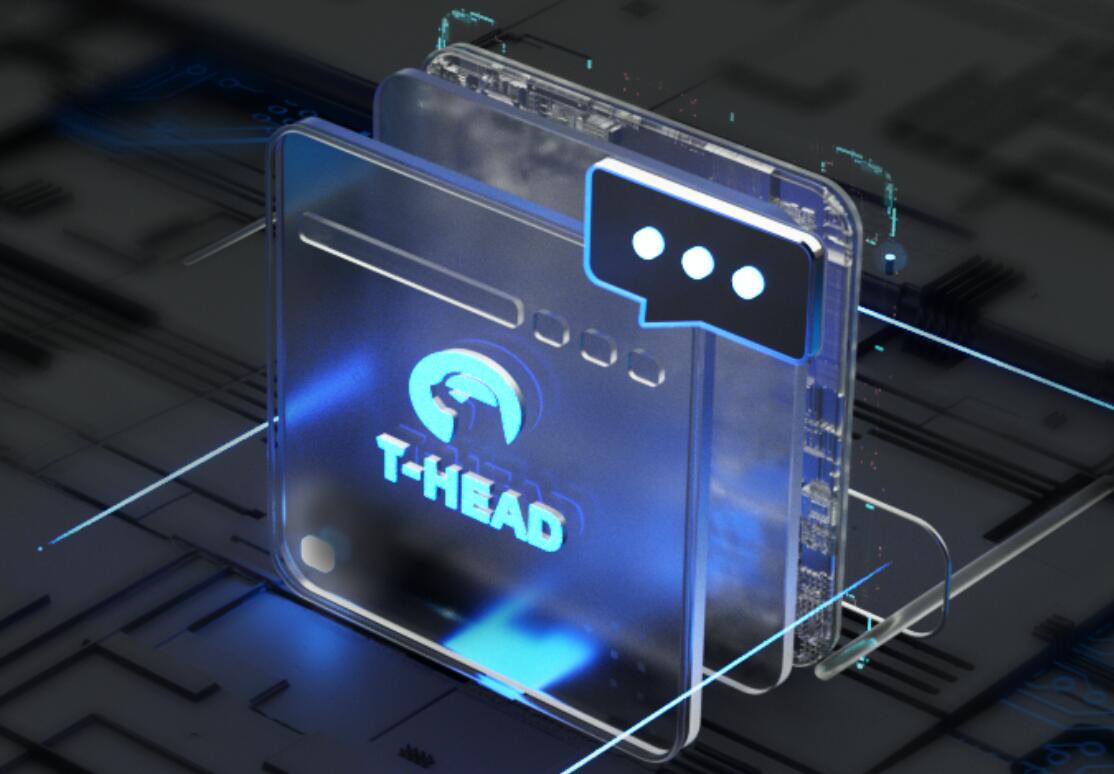
Since Microsoft announced the abandonment of the WP system, Android and iOS have almost become the only choice for the smartphone ecosystem. If you don't use Apple's iOS, you can only use smartphones based on the Google Android system.
From a consumer's perspective, the relationship between Apple and Google should be very tight, after all, they have the most direct competitive relationship.
But the increasing outbreaks in countries around the world have allowed the two largest companies in the technology industry to put aside their competition and jointly develop a new tool for tracking close contacts of the new coronavirus with mobile phones.
How to use your phone to track viruses?
We know that the core of the prevention and control of New Coronary Pneumonia is to find the transmission chain of the virus, and to investigate the range of activities of the infected persons diagnosed by the investigation to find close contacts with them.

That is to investigate where the patient has been, and then find other people who have also visited the area through other methods, conduct medical observations on these close contacts, and screen out newly infected people.
In China, the green code or the method of placing QR codes on public transportation vehicles is usually used to collect people's activities.
Contact tracing can help slow the spread of COVID-19 and can be done without compromising user privacy. We’re working with @sundarpichai & @Google to help health officials harness Bluetooth technology in a way that also respects transparency & consent. https://t.co/94XlbmaGZV
— Tim Cook (@tim_cook) April 10, 2020
However, few people scan the QR code placed on the public transportation tool seriously. If a virus carrier appears on the vehicle, it will cost a lot to check the close contacts afterwards.
The solution proposed by Apple and Google relies on the Bluetooth wireless broadcast technology of mobile phones, so that each mobile phone records the mobile phones that have been near the machine.
We know that the communication distance of Bluetooth is generally only about 20 meters. If it is separated by a wall, the communication distance will be shorter.
If the device can receive the Bluetooth key of a device, it means that the device must be in the vicinity of the signal (that is, the owner of the mobile phone has been in close contact).
On Windows computers and Android phones, the bracelet is unlocked (as long as the bracelet is close), it uses the principle of Bluetooth devices transmitting keys at close range.
This principle can also be applied to recording mobile phones that have passed by, such as turning on Bluetooth and searching for nearby devices. A large number of mobile phones can be found among available devices. These devices are the devices that turn on Bluetooth discovery nearby.
Every 5 minutes, the phone broadcasts its own key and records the key broadcast by nearby devices. After recording these Bluetooth device keys, the phone will store the keys in the local database for a period of time.
If the owner is diagnosed as a carrier of the new Pneumococcal virus, the APP will upload the key information recorded in the mobile phone of the infected person to the server.
Other mobile phones with this software installed will automatically download these keys and compare them with the local history. If the keys match each other, a notification will pop up on the phone.
Google showed examples of notifications. The content of the notification is only: "You have recently been in contact with someone who tested positive for COVID-19." In addition to the notification information, Google also provided more information provided by local health agencies.
Will virus tracking apps violate privacy?
Unlike an operator who monitors the user's location through a base station, or a mobile phone obtains the specific location of a device through GPS, the Bluetooth key exchanged between mobile phones cannot directly record the location information of the mobile phone, it can only record whether other mobile phones appear nearby.
At the same time, in order to prevent the Bluetooth key of the same phone from being continuously tracked, the application will broadcast an anonymous dynamic key, which will be replaced every 15 minutes.
The most important thing is that the process of mobile phone key generation and key exchange does not pass through the cloud server. In other words, even if the network link is temporarily interrupted, it will not affect the use of the recording function.
The cloud server will only record the key information of the infector during the infection, and distribute the key to other terminals for verification, and finally confirm whether an alarm needs to be issued.
When can we use this feature?
At present, Google and Apple have announced that they will release APIs in May to facilitate access to applications by the health department system.
In the next few months, Apple and Google will add this feature to the system platform (this feature is not mandatory) and allow more application ecology and government health departments to access the system.
Apple's iOS system ecosystem is relatively closed, and the speed of popularization of this feature may be relatively rapid, while Android has more third-party UIs, and the system upgrade speed is relatively slow.
When this feature will be popularized depends on the promotion of Google on the Android system.
Special Report: Fighting The New Coronavirus


